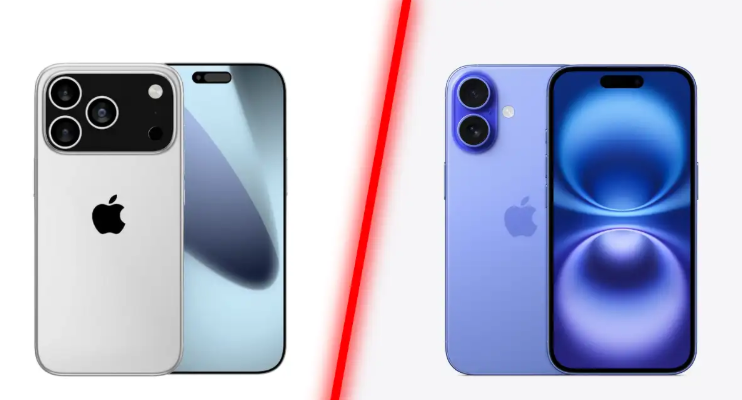The iPhone, one of the most popular and recognizable devices in the world, may soon face a significant price hike due to new tariffs imposed by the US government. As the current administration engages in a tariff war with major trading partners like China, Vietnam, and India, the future pricing of iPhones has become increasingly…
Tag: iPhone
It’s Time to Upgrade to an Official Apple AC Adapter
In the world of technology, the importance of a reliable power supply cannot be overstated. Are you still using an old, frayed charger for your iPhone, iPad, or MacBook? Or worse—relying on a cheap, uncertified adapter that heats up or charges sluggishly? If so, it’s time to rethink your power setup. Apple’s official AC adapters…
8 Reasons to Choose a Foldable Phone Over an iPhone
Foldable mobile phones are attracting attention as a practical and innovative alternative to traditional smartphones, especially when compared to high-end devices such as the iPhone. With their unique form factor, multitasking capabilities, and affordability, foldable phones offer a fresh approach to mobile technology. Here’s why they may be better than the iPhone: >>>>>>>>>Samsung EB-BA205ABU –…
New iPhone SE 4 Case Leak Hints at Upgraded Design for Next iPhone
With the iPhone 16 finally here, rumours about Apple’s next-generation iPhone continue to swirl. While Apple hasn’t updated the iPhone SE line since 2022, 2025 could be the year we see a new iPhone SE 4. The latest leak from Apple insider Sonny Dickson reveals what updates Apple is planning, including whether a camera control…
iPhone SE 4 : This Cheap Phone Could Be a Better Option
Apple is working on the next-generation iPhone SE model, which is expected to launch soon. The brand’s iPhone SE 4 is expected to offer plenty of improvements over its predecessor, so here are some of the ways in which it might be better than Apple’s iPhone 15. >>>>>>>>Apple iPhone SE (2020) SE2 – Battery A2312…
iOS 17.3 Update Now Rolling Out With Stolen Device Protection
Apple is rolling out the iOS 17.3 update to all eligible iPhone users with plenty of new features. The major highlight of the update is the new Stolen Device Protection feature, which can secure your device in case someone steals it. Other new features include Collaborative Playlists, Unity Lockscreen wallpaper and more. Here is everything…
An Update Rolled Out In iOS, And macOS For Security Vulnerabilities
Apple took urgent action and released iOS 17.1.2 and macOS Sonoma 14.1.2 with security updates to address two critical security vulnerabilities. These are also called zero-day vulnerabilities, which are actively exploited in attacks. These important security updates are also available for iPhone, Mac, and iPad starting today. The iPhone maker said the first bug used…
Leak: Upgraded Model Expected For Samsung Galaxy S24
Samsung Galaxy S24 Leak: The Samsung Galaxy S24 series has made an appearance in the IMEI database. This confirms the existence of the upcoming lineup. Leaks and rumours surrounding these next-generation devices have been circulating for the past few months. A recent report from the South Korean publication Chosun, citing an insider from the industry,…
What is a VPN and why is it important on an iPhone?
Most people believe that iPhones are quite secure. It’s certainly true that the overwhelming volume of mobile malware targets people using Android handsets. However, that doesn’t mean that iPhones aren’t susceptible to phishing, which relies on tricking individuals into disclosing information or taking action (such as clicking on a link) that could jeopardise their security…
Can My Smartphone Be Used as a TV Remote?
Your smartphone can double as a handy media remote, allowing you to change channels, volume and gain access to more advanced controls using your TV’s companion app. Many popular smart TV brands like Roku, Amazon Fire, Samsung and Apple TV already have native mobile apps that make it very simple to pair your devices together…
